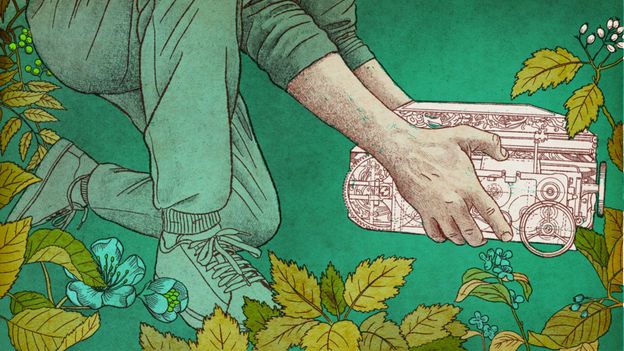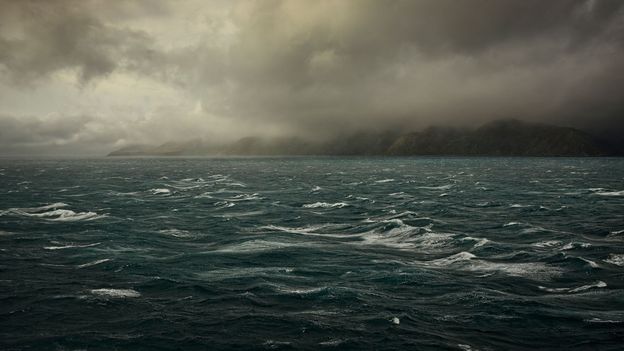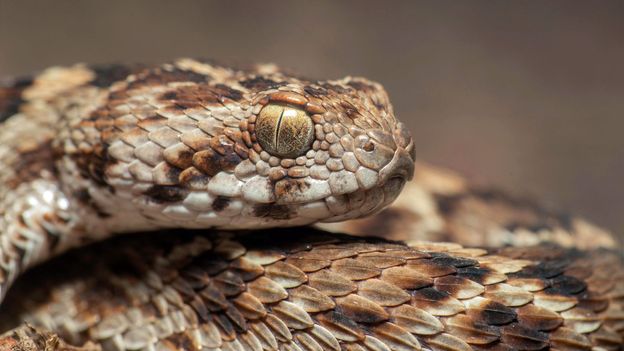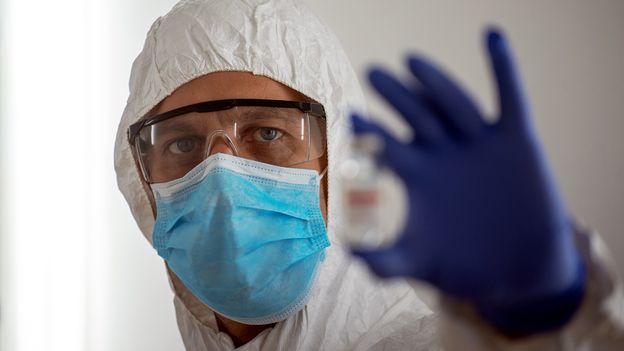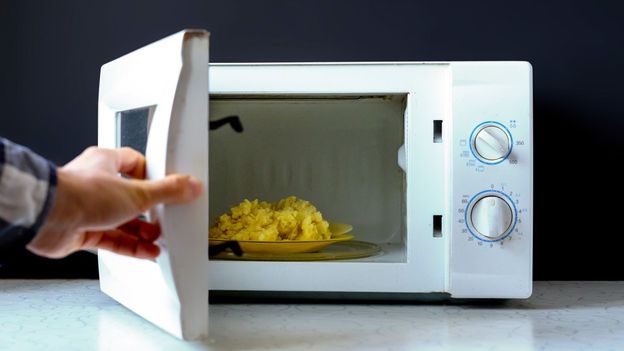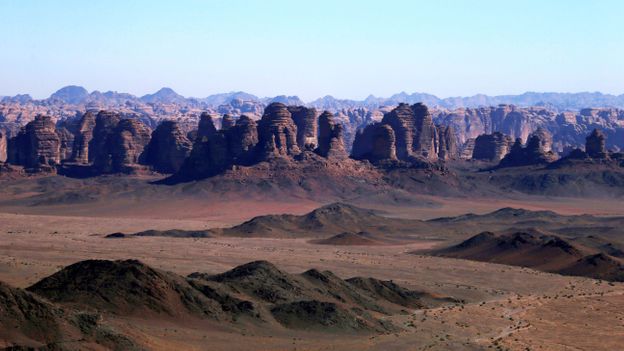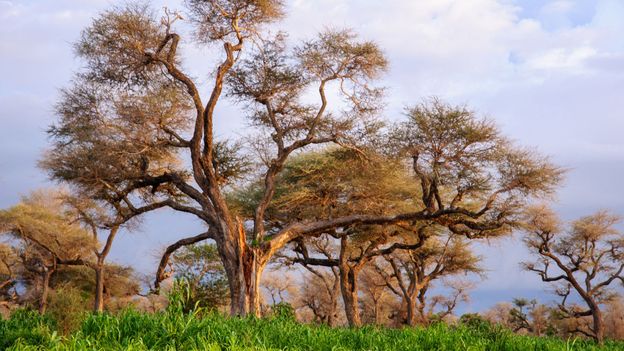Other nominations spoke to personal relationships within the pandemic – those created and those missed. One suggestion for inclusion was the hug curtain (Javier Hirschfeld), the slightly strange plastic sheet with arms that allowed relatives and friends to embrace this year without spreading the virus. In this vein of unusual inventions, one person nominated a futuristic piece of clothing called the Micrashell (Leah Zaldi), which looks like a cyberpunk astronaut suit, and allows people to socialise and dance together while remaining distanced.
Maggie Greyson suggested an object that told a specific personal story about friendship: a hand-typed telegram on yellow paper. It was a meaningful thank-you note, she explains, sent by a friend who was struggling after being laid off. Greyson had helped her rediscover her passions. “An old-timey French man with a moustache and postmaster hat showed up at my door with a note of love and gratitude. He delivered a deeply human experience in a hand-typed telegram, on yellow paper. He left his sweet bicycle on the sidewalk and my husband remarked on how beautiful it was.”
Virkein Dhar nominated a journal of her drawings that helped to connect her and others via a WhatsApp group this year. Every day between 28 March and 7 November, Dhar’s friend read a poem in Hindi, Urdu and English for the group via a WhatsApp audio note, and Dhar drew illustrations in response. The end result was called “226 – Zoon”, named after the Kashmiri word for “moon” – “a journal of 226 sheets of drawings, interspersed with snippets of prose and ramblings, hand sewn into an archive of the sense of each day as it has played out in lockdown”. The project was captured in this digital archive.
Future gifts
The last category of submissions we received fell under the theme of “gifts to the future”.
Erica Bol, from the Netherlands, suggested a set of teaching materials called the Futures Thinking Playbook, which features interactive exercises that Bol hopes could help tomorrow’s children anticipate and influence the future. “It is difficult to teach something that doesn’t exist yet, but children can learn the skills to better prepare for the future,” she says. “Covid-19 brutally showed us ‘change’ is around the corner, the world does change, sometimes faster, sometimes slower and we can better prepare for it.”
And the final object to go in our time capsule? Roman Krznaric, the author of the book The Good Ancestor, had a mischievous-but-meaningful suggestion: another, smaller time capsule, inside the first one. “On one level this time capsule is a symbol of our desire to communicate with future generations,” he explains. “It tells them that we care about the world we are bequeathing them, which is full of risks and possibilities. But the time capsule is also in itself an intergenerational gift we are passing down, which the citizens of the future can fill and themselves pass on to their descendants.
“As each generation passes on a time capsule inside their capsule to the next generation, the time capsules may well become progressively smaller, but they will also become a great chain connecting all generations through time.”
So, with that, our time capsule is almost full. But there is room for one or two more objects that we may have missed. What would you want to propose? Let us know on our social media channels below.
When this year becomes a distant memory, and the difficulties it has brought have long since passed, there’s little doubt that we’ll be glad it is behind us. But that doesn’t mean there aren’t many things about 2020 that ought to be remembered: the moments of light, the good ideas, the sacrifices, the self-reliance, the relationships, and the communities. To paraphrase the often-quoted wisdom: a society that forgets its past is doomed to repeat it, but a society that forgets its humanity has no future at all.
*Richard Fisher is a senior journalist for BBC Future and tweets @rifish
—
Join one million Future fans by liking us on Facebook, or follow us on Twitter or Instagram.
If you liked this story, sign up for the weekly bbc.com features newsletter, called “The Essential List”. A handpicked selection of stories from BBC Future, Culture, Worklife, and Travel, delivered to your inbox every Friday.
+ Thank you to the following for their creative contributions:
School of International Futures and Next Generation Foresight Practitioners
Pupul Bisht, who coordinated submissions
Shakil Ahmed
Nour Batyne
Erica Bol
Christy Casey
Deepshika Dash
Virkein Dhar
Maggie Greyson
Iman Jamall
Mathew Markman
Samantha Matters
Rodrigo Mendes
Mansi Parikh
Olga Remneva, Anna Peplova, Irina Danilicheva, and Anastasia Evgrafova from Future Culture Lab
Aline Roldan
Leah Zaidi
Museum of Futures
Paul Brown
Thomas Cameron
Maryann D’sa
Rocco Fazzari
Claire Marshall
Kate Rahme
Ipsos MORI Trends and Futures team
Sarah Castell
Stephanie Barrett
BBC.com & others
Amy Charles
Javier Hirschfeld
Roman Krznaric
Leonardo Soares
Fiona Macdonald
Will Park
Griesham Taan

